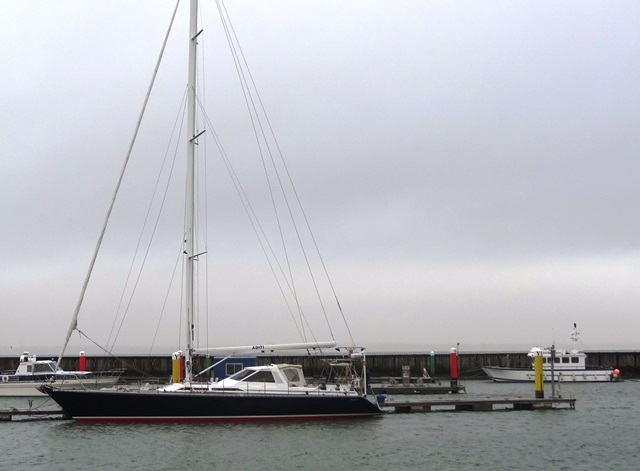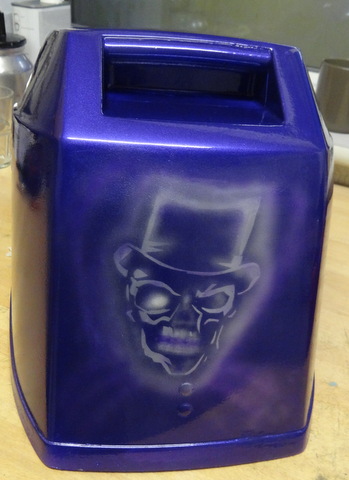Got a sinking feeling
It all happened 24 miles, and about 4 hours out, south east of Faro…..
We have bilge alarm sensors mounted to starboard in our sump tanks yet the extracting filters are all set to port. When healing It all happened 24 miles and about 4 hours, south east of Faro….. We have bilge alarm sensors mounted to starboard in our sump tanks yet the extracting filters are all set to port. When healing it is common for our bilge alarms to sound and the crew usually silence them whilst hopefully announcing which one(s) have been set off so the sumps can be checked. When rolling it’s a whole different story as the alarms are cancelled and reset then triggered again every couple of minutes. It is a fight verging on the impossible to remove the last inch water or so of water from the bilge via our only manual bilge pump due to the setting of the stuffing boxes.
To improve matters we picked up a 24v bilge pump and most of the extras to enable us to extract to the base of the sumps on the starboard side and to silence the alarms when in Lagos. All that remains is to fit it to the twin chambers with some 8m of ½” tubing, build in the 3 way valve which we have taken from the watermaker circuit, and wire it all up with a switch and 10 amp breaker, plus of course a through hull outlet.
We made a simple change in Faro. As the log was dirty we extracted, cleaned and replaced it. This airmar log, unlike others we have owned from Raymarine, does not give much feedback when aligned and re-seated through the hull so it’s always a worry that it’s in correctly.
Back to the event. It was a calm day and we were motoring on a flat sea when it was noticed both bilge lights were on. The alarms had gone off some time ago but were not heard over the engine. The reset buttons were pressed to silence the alarm buzzer but warning lights stay on. On a calm sea without a visual check – yikes! On opening the forward cabing sole over the speed log it was far under water. Was it leaking, who knows? So we had lots of water forward maybe 12-18 inches deep in a shallow bilge so perhaps 2 or 4 inches below the sole believe me you don’t stop to measure!
Working back to the central sump it was filled several feet deep and water was pouring in. Half of the furling hydraulics were under water. A quick look in the engine room and that was a couple of feet deep already. We were motoring and making water. We immediately shut all machinery and shut all seacocks throughout the boat whether above or below the waterline. Now we were drifting on a calm day and sweltering in 30 deg C plus with no breeze and it was humid. Water poured into the sump still so we unseated and re-inserted the very much underwater log. Manual bilge pumping had started but it was not keeping up with the inflow to the sump so we started a bucket chain with two buckets going. The bucket chain is very effective and gets rid of water quicker than you may expect. After what seemed like 5 minutes we were turning back the tide. It took maybe 30 minutes of hard work to clear everything and get back to empty bilges. The log housing got the blame but it seemed unlikely so we kept an open verdict.
So we opened the enging intake and one toilet outlet then got underway. No great changes, some water still clearing from bilge sections but it looks to be nothing new. Gradually we settle down and start making water again. Twenty minutes later and off go the bilge alarms and looking at the centre sump water is pouring in at a rate which couldn’t be the log housing. The prop shaft looked OK and it would take some time to get to the rudder housing to check that.
Everything was again shut down and bilge water given a taste test – very salty. So the inflow could be the watermaker brine oulet dumping into the bilge. We cleared it again and got underway without the watermaker – yes this was the culprit and it had in fact blown the outlet jubilee clip resulting in the pumping of about 900 litres an hour (if conversion rates are 15:1) into the bilges over a 3 hour period. Having finally diagnosed the problem we continued with the next 60 miles of our journey to Cadiz whilst rapidly downing a litre of cold water each under the searing sun.
That was an intense hour or so but well managed by all.


